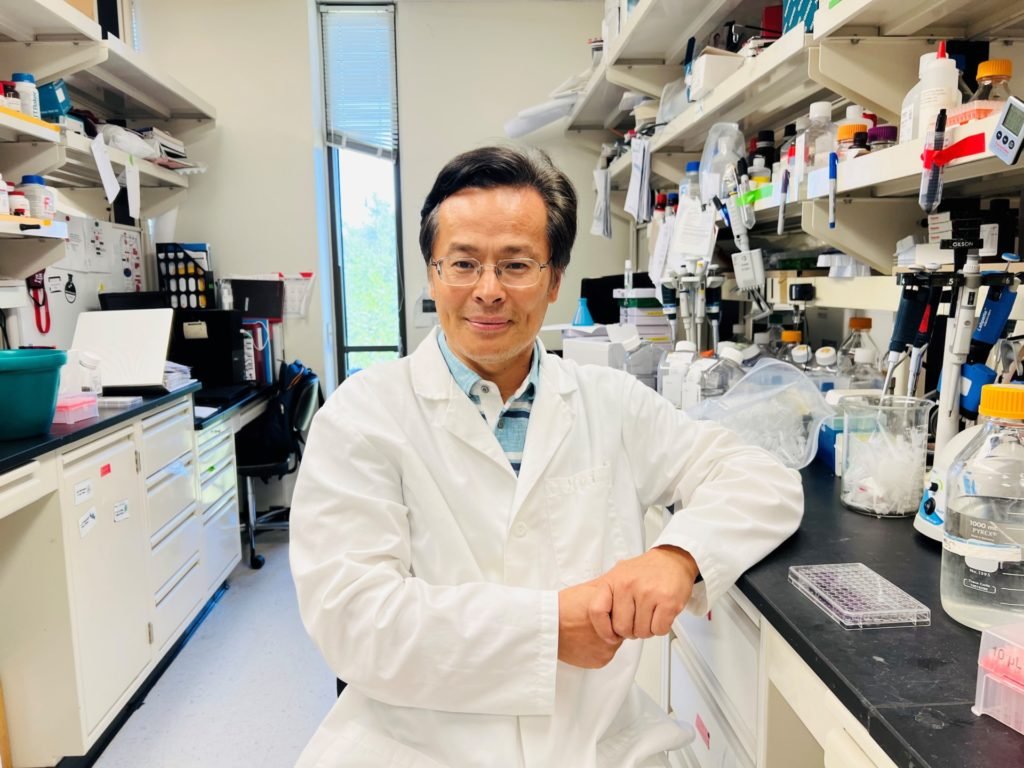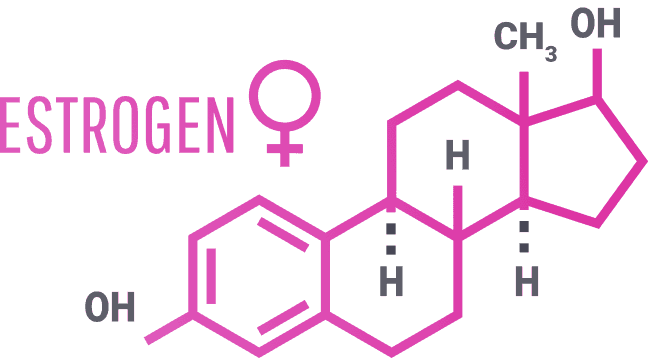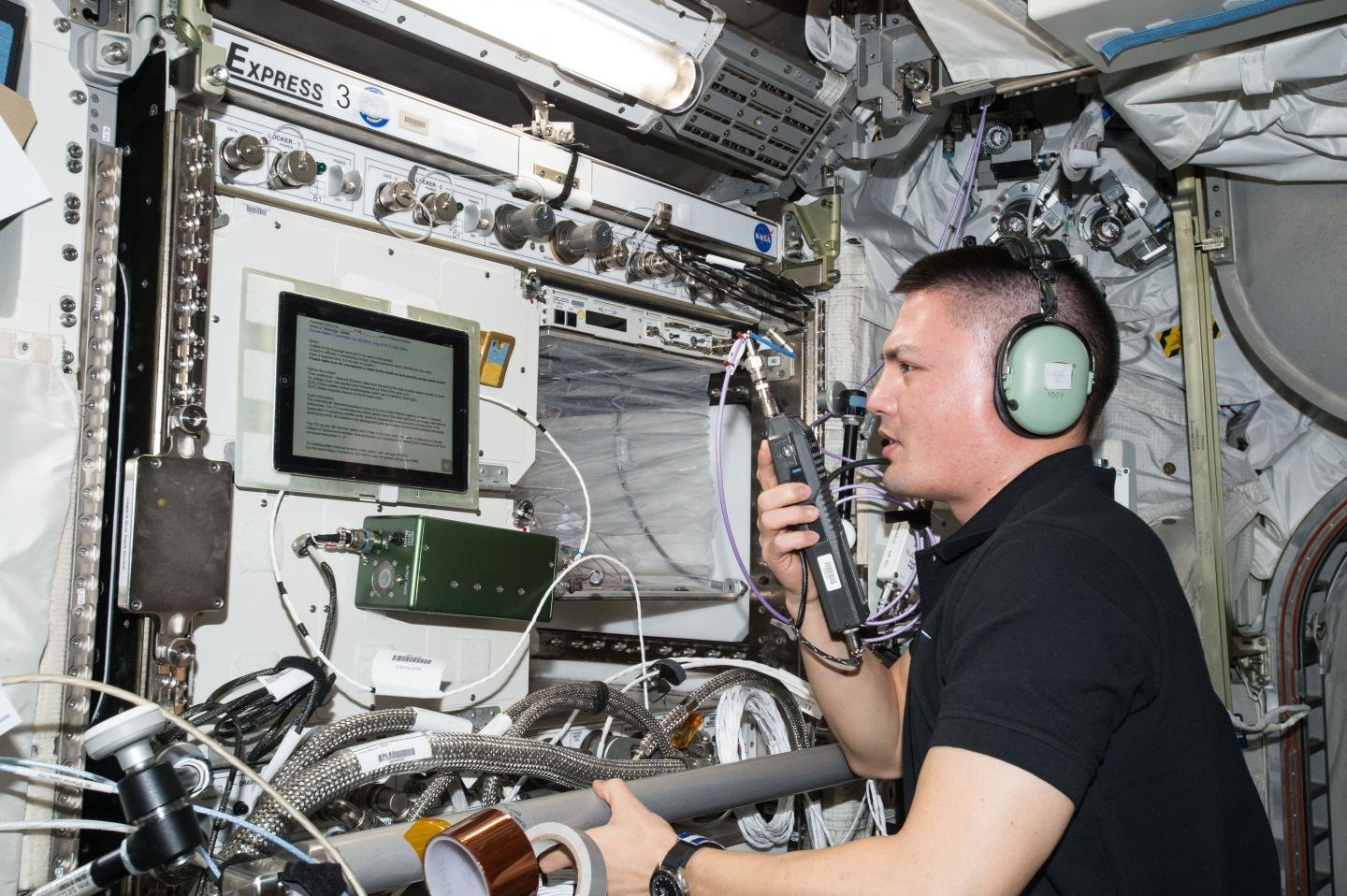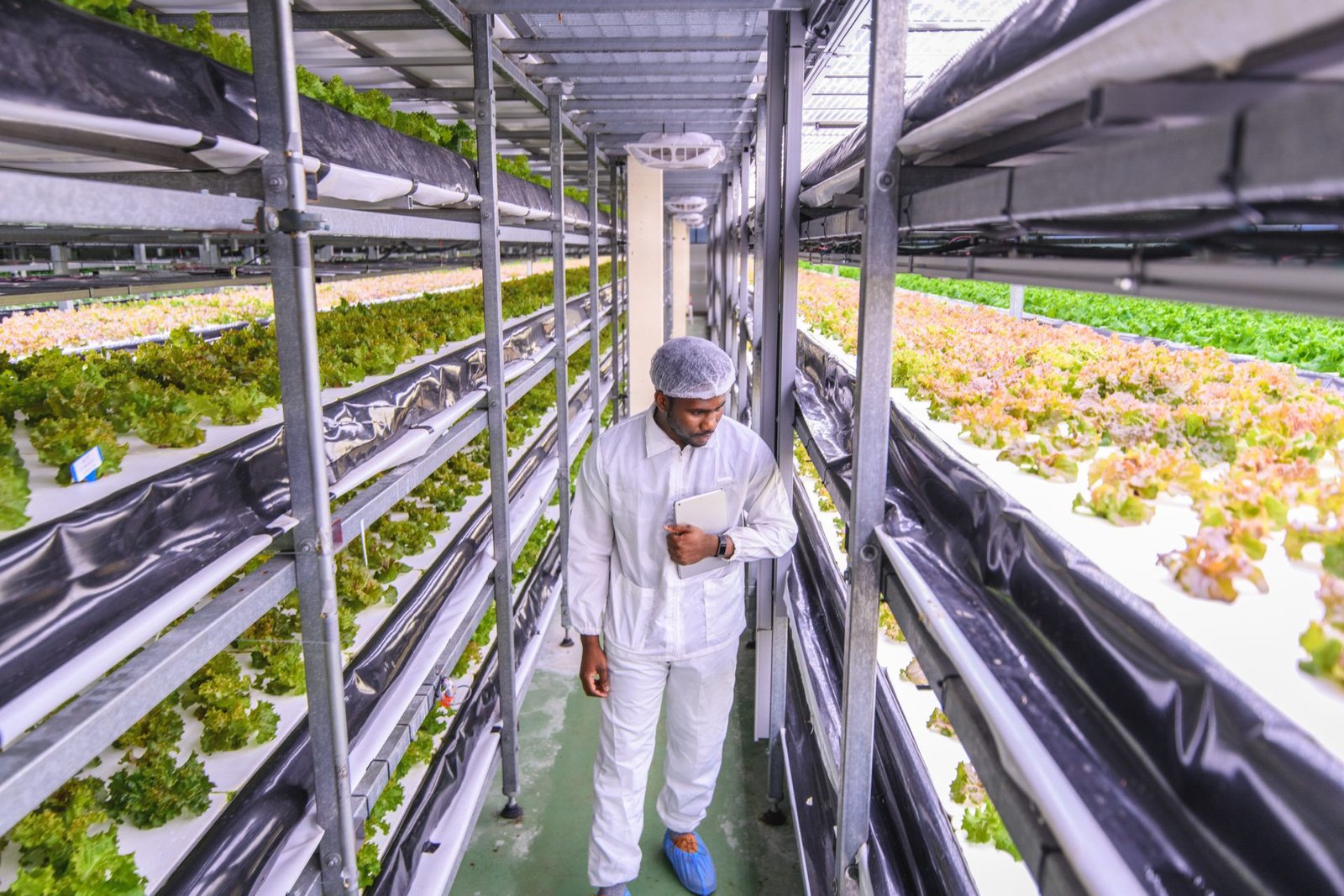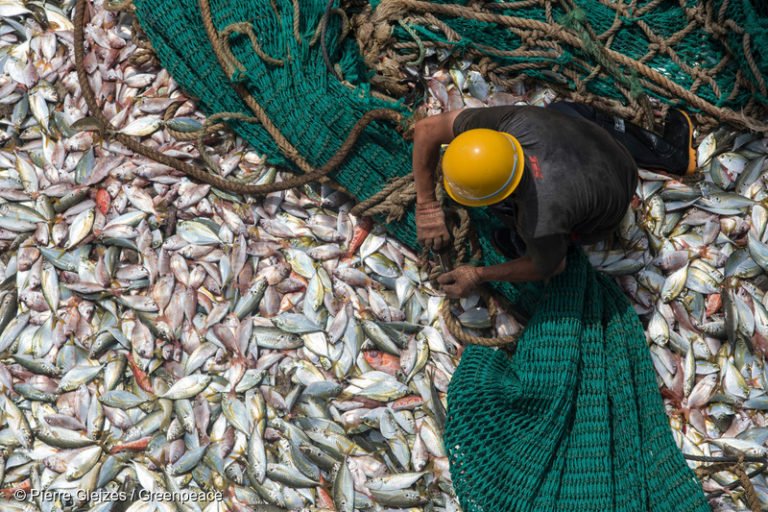Estrogen may protect diabetes patients from cardiomyopathy, according to research led by a Texas A&M AgriLife scientist and published in the June issue of the American Heart Association journal Circulation: Heart Failure.
The study showed that severe insulin resistance in the heart causes cardiomyopathy and death in male mice. It also showed the sex hormone estrogen protected female mice.
“Cardiovascular disease is the major cause of morbidity and mortality for diabetic patients,” said Shaodong Guo, Ph.D., primary investigator for the study. Guo is a professor and Presidential Impact Fellow in the Texas A&M Department of Nutrition at the College of Agriculture and Life Sciences, Bryan-College Station.
“Previous studies have shown that while there’s a lower instance of both cardiovascular disease and Type 2 diabetes in premenopausal women than in their age-matched male counterparts, these incidences rise sharply after female menopause,” Guo said.
He said this indicates that the ovaries and ovarian hormones, such as estrogen, may protect from Type 2 diabetes and cardiovascular diseases.
The recently published study, Guo said, investigated the role of ovaries and estrogen in cardiac function and energy metabolism by using genetically engineered mouse models. In these mice, the cardiac insulin receptor substrate, IRS, had been modified or suppressed to mimic cardiac insulin resistance.
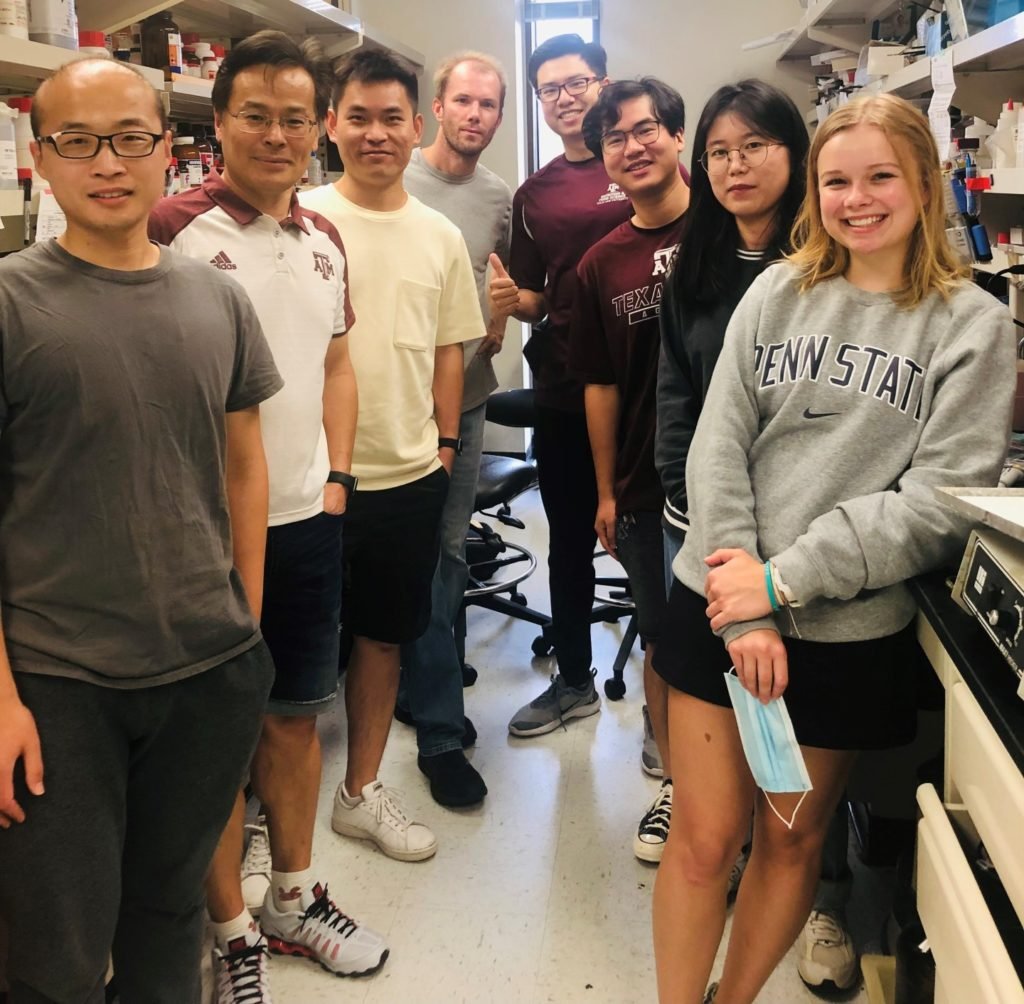

“Our previous studies reported that impaired cardiac insulin signaling with loss of insulin receptor substrate IRS1 and IRS2 genes leads to death of male mice,” he said. “In this study, we wanted to know how the removal of the ovaries might affect cardiomyopathy in female mice and also what other impacts the loss of insulin receptors might have on energy metabolism and mitochondrial function.”
The study was sponsored by the National Institute of Diabetes and Digestive and Kidney Diseases of the National Institutes of Health, NIH. It was a part of an ongoing project called “Targeting Insulin Resistance by Estrogen Receptor in Control of Type2 Diabetes Mellitus,” which is being led by Guo in his laboratory.
Insulin resistance and signaling
About 90-95% of patients with Type 2 diabetes suffer from insulin resistance, a risk factor for heart failure. In healthy tissue, insulin binds to insulin receptors, which then work to activate a network of intracellular signaling pathways. Disruptions in these signaling pathways have been linked to mitochondrial dysfunction, cardiomyopathy, and impaired glucose and fatty acid metabolism, among other health issues.
In this study, mice that lacked the IRS developed dilated cardiomyopathy. Additional gene-chip analysis showed lowered activity of genes important for mitochondrial function and energy metabolism.
“Type 2 diabetes patients and insulin-resistant patients exhibit mitochondrial dysfunction,” Guo explained.”
The study fills in some blanks in understanding the role of insulin and estrogen signaling in mitochondrial function.
Study findings
Guo said there were four important findings from the study:
— All female mice that lacked insulin receptor substrates survived for more than a year.
— Female mice without insulin receptor substrates were less likely to experience severe cardiac dysfunction and death if they had ovaries. If the mice also lacked ovaries but received estrogen, it prolonged their lifespans. Doses of estrogen also protected IRS-altered male mice from heart dysfunction.
Guo said estrogen also prevents cardiomyopathy induced by loss of cardiac insulin receptor substrates.
“And removal of the ovaries leads to the death of female cardiac IRS1 and IRS2 double genes knockout mice if there is no reintroduction of estrogen,” he said.
— Loss of IRS1 and IRS2 genes in heart tissue disrupts cardiac energy metabolism, gene activity involved in mitochondrial function, and whole-body energy metabolism. On the other hand, estrogen partially reverses these effects.
— Estrogen is important for healthy cellular signaling pathways and promotes mitochondrial function.
Guo said the study shows that estrogen enhances cardiac function, promotes energy metabolism, prevents cardiomyopathy and prolongs survival in both male and ovariectomy female mice lacking the insulin receptor substrates.
“This study provides evidence for the gender difference for the incidence of cardiovascular disease and implies that estrogen replacement therapy is feasible for the treatment of diabetic cardiomyopathy through enhancement of mitochondrial function and energy metabolism,” he said. “It also reveals some of the signaling pathways that may be potential therapeutic targets for the prevention or treatment of cardiovascular diseases in patients with Type 2 diabetes.”
Implications for diet
Guo also noted that the study shows a high potential for dietary interventions to promote human health.
“The study implies that food-derived estrogens or phytoestrogens may play similar roles to estrogen, as observed in mice,” he said. “This may help us reshape our knowledge of nutrient and food sciences related to plant hormones that can modulate chronic metabolic diseases such as Type 2 diabetes and associated cardiovascular complications.”
-30-


